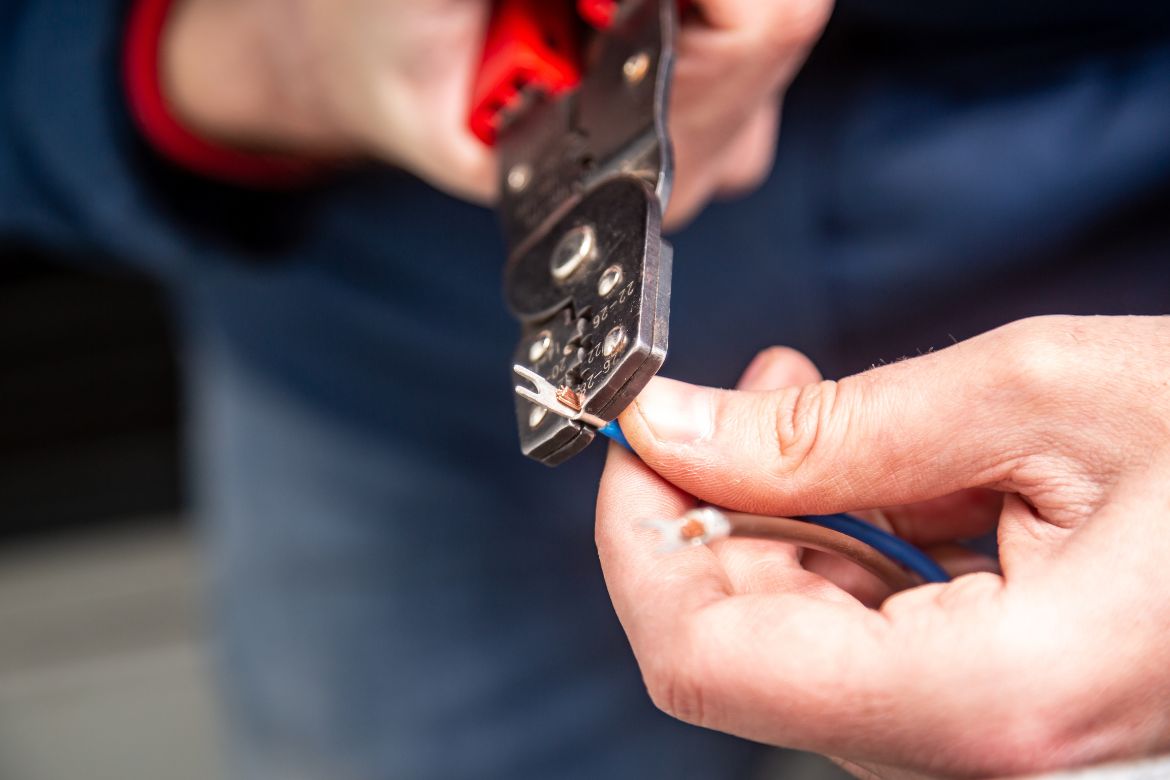Everything To Know About Soldering Wires

Technology
Soldering wires is a fundamental skill in the realm of electronics, proving essential for both hobbyists and professionals alike. Understanding this skill and gaining an in-depth look into how it works and its benefits is important. Read on to learn all there is to know about soldering wires for the helpful knowledge and techniques you need to join them successfully.
When To Use Soldering for Wires
People typically employ soldering when the continuity of a wire connection is vital. It’s particularly relevant in electronics, where wires must maintain a secure and consistent electrical connection. The process involves using a filler material (solder) to join wires by melting the solder and allowing it to cool and harden, forming a sturdy electrical bond. Soldering wires is beneficial for various purposes, such as repairing electronic devices, creating custom circuit boards, or even making jewelry.
It’s a skill that requires practice to perfect and can prove incredibly useful for both professional and hobbyist applications. Some may use other methods instead of soldering, such as crimping. Crimping wires is better than soldering in some ways, such as ease of application. However, soldering creates a stronger, more permanent bond with more reliability.
Tools and Materials
Before diving into the wire-soldering techniques, it’s important to know the tools and materials required for a successful soldering job. Soldering wires typically involves using these primary items:
- Soldering iron: A device that heats up and melts the solder to join electronic components
- Solder wire: A metal alloy that melts and forms a bond between the components
- Flux: A chemical agent that improves the quality of solder joints, usually in the core of the solder wire
- Soldering stand: A tool to hold your soldering iron and keep it safe when not in use
- Safety gear: Protective eyewear and heat-resistant gloves for safety
Acquire and use these items to ensure you efficiently solder wires with minimal hazards.
Understanding Soldering Techniques
The key to mastering soldering lies in understanding and practicing various techniques. One of the most common techniques is the drag soldering method, which is ideal for surface mount components. It involves applying flux on the component leads, positioning the soldering iron tip at the junction of the pad and lead, and dragging it across smoothly.
Another technique is wave soldering, which is useful for bulk soldering in printed circuit board production. It involves passing the board over a wave of molten solder, creating a bond between the component leads and the board.
Soldering Compared to Other Methods
Soldering brings many advantages when compared to other methods of connecting electronic components. Unlike crimping or wire wrapping methods, soldering creates a highly durable and electrically conductive bond between components, making it a preferred choice for long-term and reliable electrical connections.
However, it’s also important to note that soldering requires some degree of skill and practice to perform correctly, while other methods might be more accessible for beginners. If you’re not ready to try soldering, consider learning how to connect wires using wire nuts to splice two cables or how to crimp and wrap. From there, you can tackle soldering more smoothly.
